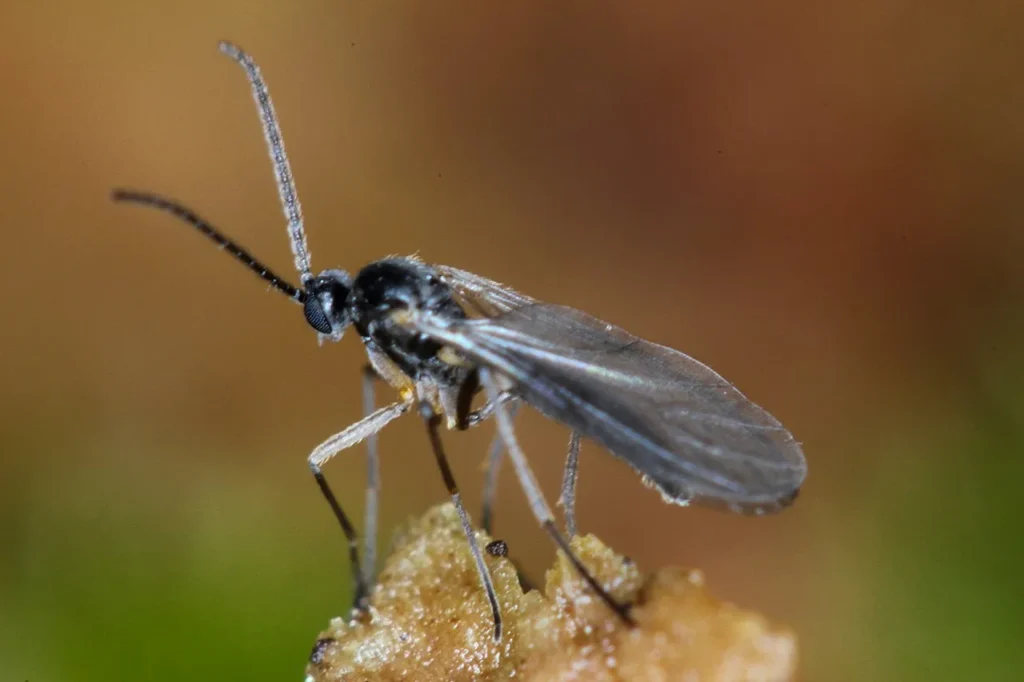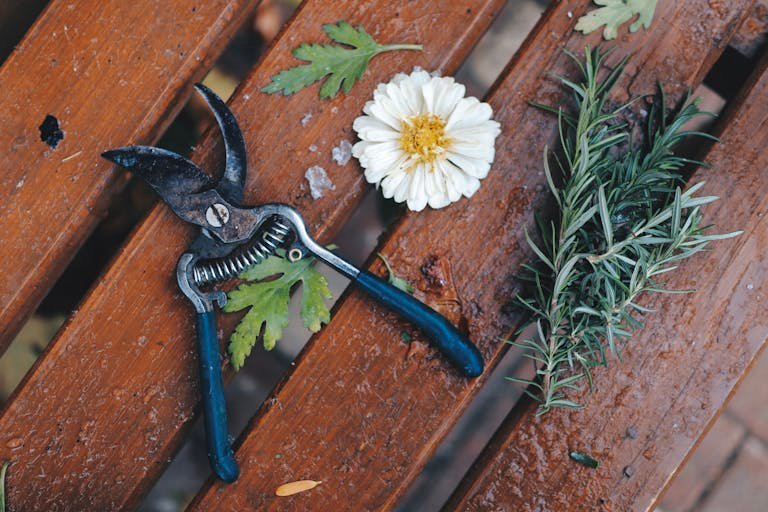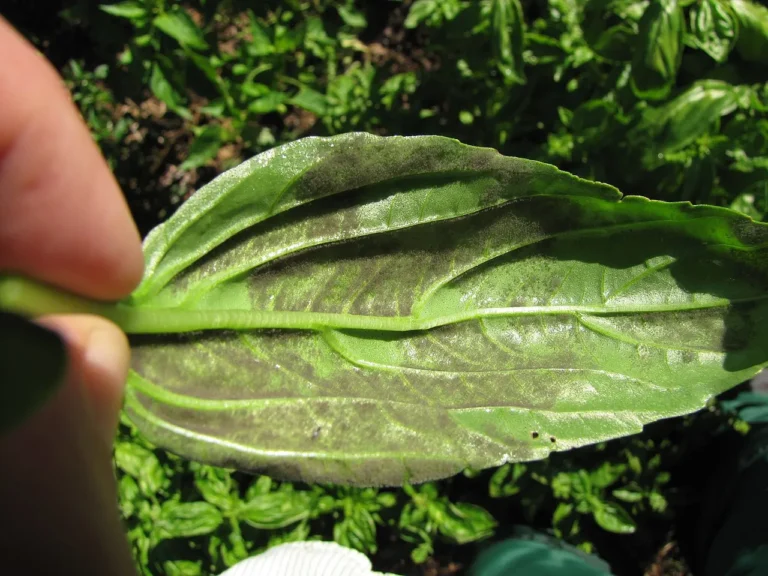Winning the Battle Against Fungus Gnats: A Comprehensive Guide
Fungus gnats, those tiny, pesky insects buzzing around your indoor plants, are more than just a nuisance. These small, dark-colored flies can pose a real threat to the health of your plants by damaging roots and hindering growth. Fortunately, with the right knowledge and tactics, you can eliminate fungus gnats and protect your beloved greenery. This guide will explore the lifecycle of fungus gnats, preventive measures, and effective solutions for managing an infestation.
Understanding Fungus Gnats

Fungus gnats are small, dark flies, about 1/8-inch in length, that thrive in moist, rich soils. Their larvae feed on fungi, decaying plant material, and occasionally, plant roots. While adult gnats are mostly a nuisance, larvae can cause significant damage to seedlings and young plants by feeding on their roots.
Lifecycle and Identification
Fungus gnats undergo a four-stage lifecycle: egg, larva, pupa, and adult. The females lay their eggs in the top layer of moist soil. These eggs hatch into larvae, which feed before pupating and emerging as adults. The entire cycle can occur in as little as three weeks, allowing populations to increase rapidly under ideal conditions.
Preventive Measures

The key to fungus gnat control is prevention. Here are several strategies to keep these pests at bay:
- Let Soil Dry: Fungus gnats thrive in moist environments. Allowing the top inch of soil to dry out between waterings can greatly reduce their breeding grounds.
- Use Sterile Potting Mix: Always use high-quality, sterile potting mix to avoid introducing fungus gnat larvae into your home.
- Improve Drainage: Ensure your pots have good drainage and avoid leaving standing water in saucers, which can attract gnats.
- Cover Soil Surface: Covering the soil surface with a layer of sand or gravel can deter adult gnats from laying eggs.
Effective Solutions for Infestations
If prevention falls short and you find yourself facing an infestation, consider these effective solutions:
- Yellow Sticky Traps: These traps capture adult gnats, reducing the population and helping prevent further egg-laying.
- Hydrogen Peroxide Solution: Mixing one part 3% hydrogen peroxide with four parts water and watering your plants with this solution can kill gnat larvae on contact without harming your plants.
- Beneficial Nematodes: Introducing beneficial nematodes (Steinernema feltiae) to the soil can effectively target and eliminate fungus gnat larvae.
- Insecticidal Soap or Neem Oil: Apply these treatments according to label instructions to target larvae and adults without harming your plants.
Monitoring and Maintenance
After treatment, continue to monitor your plants for signs of fungus gnats and maintain preventive measures to avoid future infestations. Regular inspection of your plants and prompt removal of dead leaves or decaying material can help keep your indoor garden healthy and gnat-free.
Frequently Asked Questions (FAQ) about Fungus Gnats
Q: Can fungus gnats harm humans or pets?
A: Fungus gnats are not harmful to humans or pets. They are primarily a nuisance and a potential threat to plant health.
Q: How can I tell if my plant has fungus gnats or another pest?
A: Fungus gnats are small, dark flies that hover around the soil surface or lower leaves of your plants. If you see tiny larvae in the soil, especially after watering, those are likely fungus gnat larvae.
Q: Do fungus gnats only affect indoor plants?
A: While fungus gnats are more commonly associated with indoor plants due to the ideal humid conditions indoors, they can also infest outdoor plants, particularly those in shaded, moist areas.
Q: Are chemical pesticides necessary to get rid of fungus gnats?
A: Chemical pesticides are not always necessary. Many gardeners successfully manage fungus gnat populations with non-chemical methods like yellow sticky traps, hydrogen peroxide solutions, and beneficial nematodes.
Q: How long does it take to get rid of a fungus gnat infestation?
A: The time it takes to control a fungus gnat infestation can vary depending on the severity of the infestation and the methods used. Generally, you should see a significant reduction in gnat activity within a few weeks of implementing control measures.
Additional Resources for Managing Fungus Gnats

For those looking for more in-depth information on identifying, preventing, and eliminating fungus gnats, the following resources are invaluable:
- The Old Farmer’s Almanac – Fungus Gnats: Offers a comprehensive overview of fungus gnats, including identification tips and natural remedies.
- University of California Agriculture & Natural Resources – Fungus Gnats Management Guidelines: A scientific resource detailing fungus gnat biology and control strategies, including biological agents.
- Royal Horticultural Society – Fungus Gnats: Offers practical tips for dealing with fungus gnats, tailored to the needs of home gardeners.
Final Thoughts
Fungus gnats, while challenging, can be managed with a proactive approach to prevention and the use of effective, plant-safe treatments. By understanding the conditions that encourage their presence and taking steps to create an unfavorable environment for them, you can enjoy healthy, thriving plants without the annoyance of these pesky insects.






